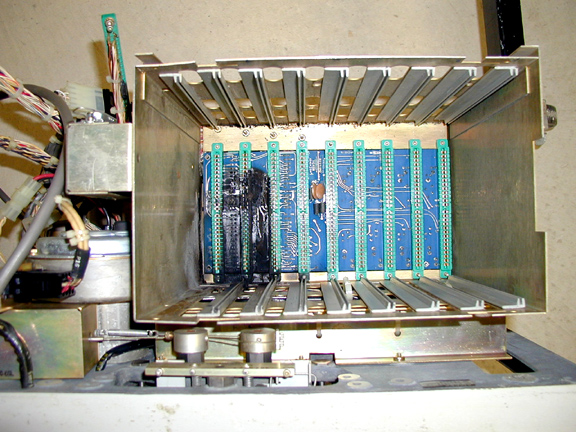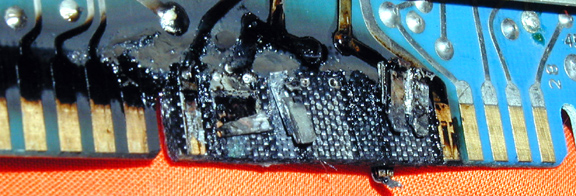Back in the late 70s I was chasing down HF phase shift in a RIAA phono preamp stage (no I didn't hear it, but if I can measure something on my bench I can improve it).
The original design was using a 22uF capacitor in series with 360 ohm resistor to establish the LF gain pole. (-3dB @ 20Hz was the IEC recommendation for vinyl playback EQ back then and seemed sensible for a kit disco mixer RIAA stage).
On my bench I found that the 22uF aluminum electrolytic capacitor's apparent ESL was contributing to tens of degrees of phase shift at 20 kHz. Dropping in a 22uF tantalum capacitor in place of the aluminum electrolytic significantly reduced the phase shift.
I make no claims about audibility of this phase shift at 20 kHz but better is better. 8) Note: my several later phono preamp designs avoided using electrolytic caps to establish any audio frequency band poles.
Since this circuit was used in a 1978 kit that I sold, I performed an experiment, mailing tantalum caps to about 25 kit owners and asking them to swap the caps, then give me their impressions of any sonic difference.
All of my customers but one who responded reported better sound (perhaps a result of expectation bias). That one negative outlier customer didn't even listen, "sharing" with me that tantalum caps are known to have high dielectric absorption... : DA was a popular bogeyman in the audiophool press back then. In my judgement there was about zero chance of DA being audible in that 20 Hz gain stage pole.
DA was a popular bogeyman in the audiophool press back then. In my judgement there was about zero chance of DA being audible in that 20 Hz gain stage pole.
As has already been posted modern aluminum caps are superior to the caps I had available to use in my circa 1970s kits, and on my test bench those decades ago. I still don't use electrolytic to execute audible poles.
JR
The original design was using a 22uF capacitor in series with 360 ohm resistor to establish the LF gain pole. (-3dB @ 20Hz was the IEC recommendation for vinyl playback EQ back then and seemed sensible for a kit disco mixer RIAA stage).
On my bench I found that the 22uF aluminum electrolytic capacitor's apparent ESL was contributing to tens of degrees of phase shift at 20 kHz. Dropping in a 22uF tantalum capacitor in place of the aluminum electrolytic significantly reduced the phase shift.
I make no claims about audibility of this phase shift at 20 kHz but better is better. 8) Note: my several later phono preamp designs avoided using electrolytic caps to establish any audio frequency band poles.
Since this circuit was used in a 1978 kit that I sold, I performed an experiment, mailing tantalum caps to about 25 kit owners and asking them to swap the caps, then give me their impressions of any sonic difference.
All of my customers but one who responded reported better sound (perhaps a result of expectation bias). That one negative outlier customer didn't even listen, "sharing" with me that tantalum caps are known to have high dielectric absorption... :
As has already been posted modern aluminum caps are superior to the caps I had available to use in my circa 1970s kits, and on my test bench those decades ago. I still don't use electrolytic to execute audible poles.
JR






